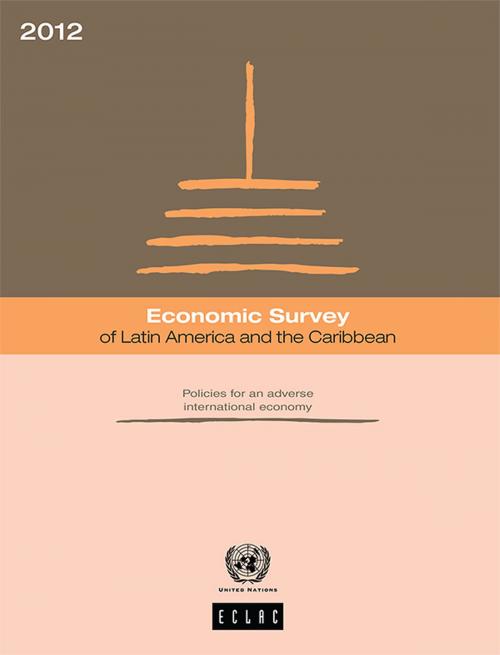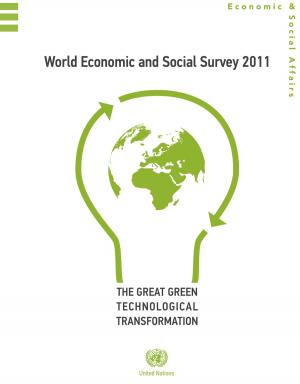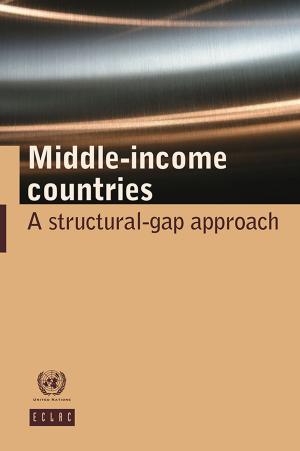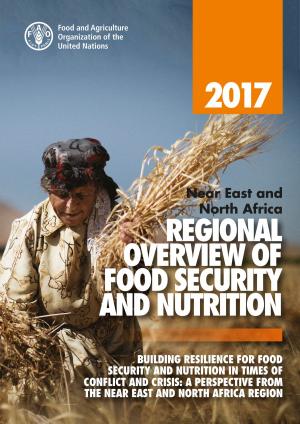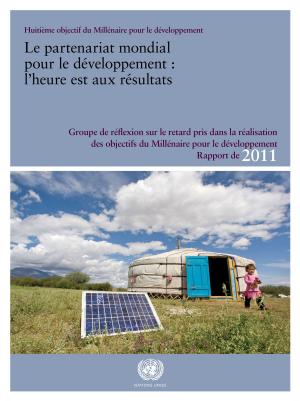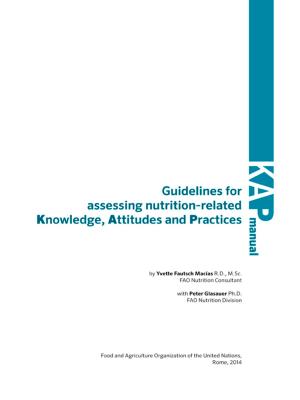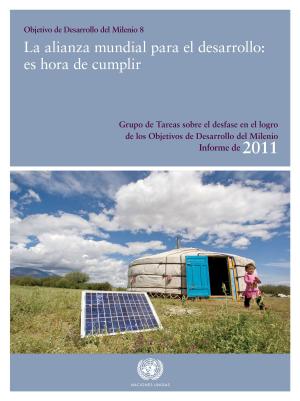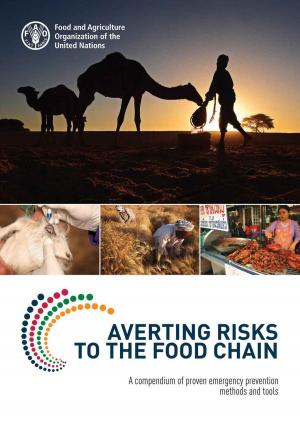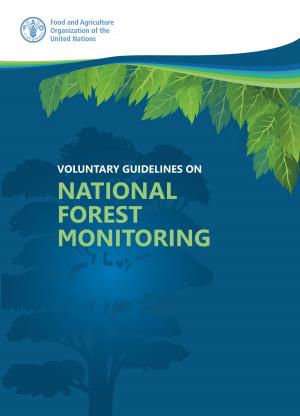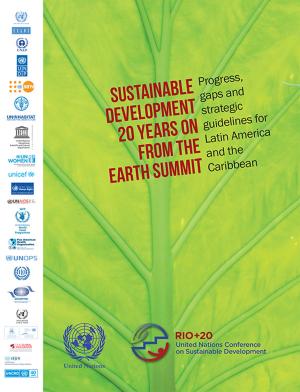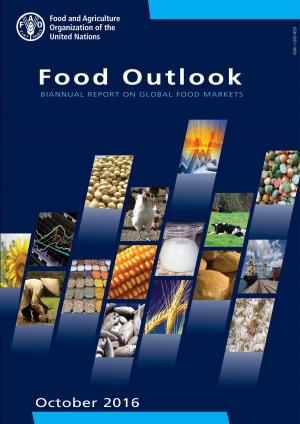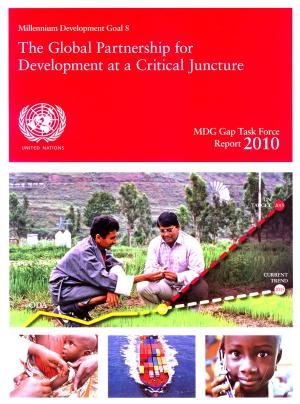Economic Survey of Latin America and the Caribbean 2012
Business & Finance, Economics, Economic Development| Author: | United Nations | ISBN: | 9789210553674 |
| Publisher: | United Nations | Publication: | December 15, 2009 |
| Imprint: | Language: | English |
| Author: | United Nations |
| ISBN: | 9789210553674 |
| Publisher: | United Nations |
| Publication: | December 15, 2009 |
| Imprint: | |
| Language: | English |
The sixty-fourth edition of the Economic Survey is divided into four chapters. The first chapter reviews the economic performance of Latin America and the Caribbean during the first half of 2012, against the backdrop of a global economic slowdown and heightened uncertainty as to prospects for growth in the major economies. This scenario contributed to a slight cooling of economic expansion in Latin America and the Caribbean as a whole, especially through the trade channel. Demand continued to edge up, thanks primarily to household consumption, while rising investment or the positive contribution of net exports helped sustain brisk economic growth in a number of countries. This chapter also examines how macroeconomic policies were tailored to this unfavourable environment and sought to broaden the space for facing an external context that could turn even more negative.
The sixty-fourth edition of the Economic Survey is divided into four chapters. The first chapter reviews the economic performance of Latin America and the Caribbean during the first half of 2012, against the backdrop of a global economic slowdown and heightened uncertainty as to prospects for growth in the major economies. This scenario contributed to a slight cooling of economic expansion in Latin America and the Caribbean as a whole, especially through the trade channel. Demand continued to edge up, thanks primarily to household consumption, while rising investment or the positive contribution of net exports helped sustain brisk economic growth in a number of countries. This chapter also examines how macroeconomic policies were tailored to this unfavourable environment and sought to broaden the space for facing an external context that could turn even more negative.
